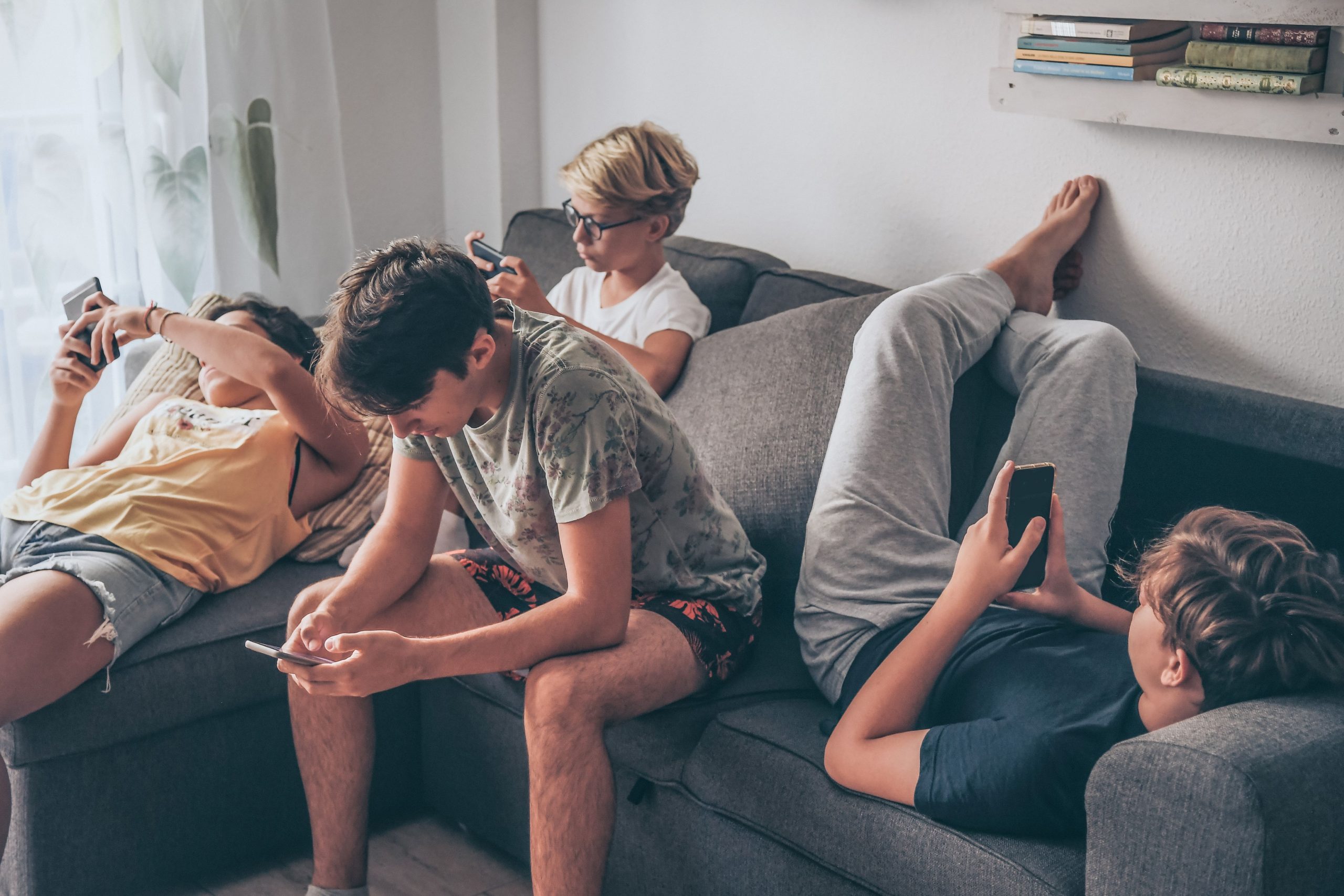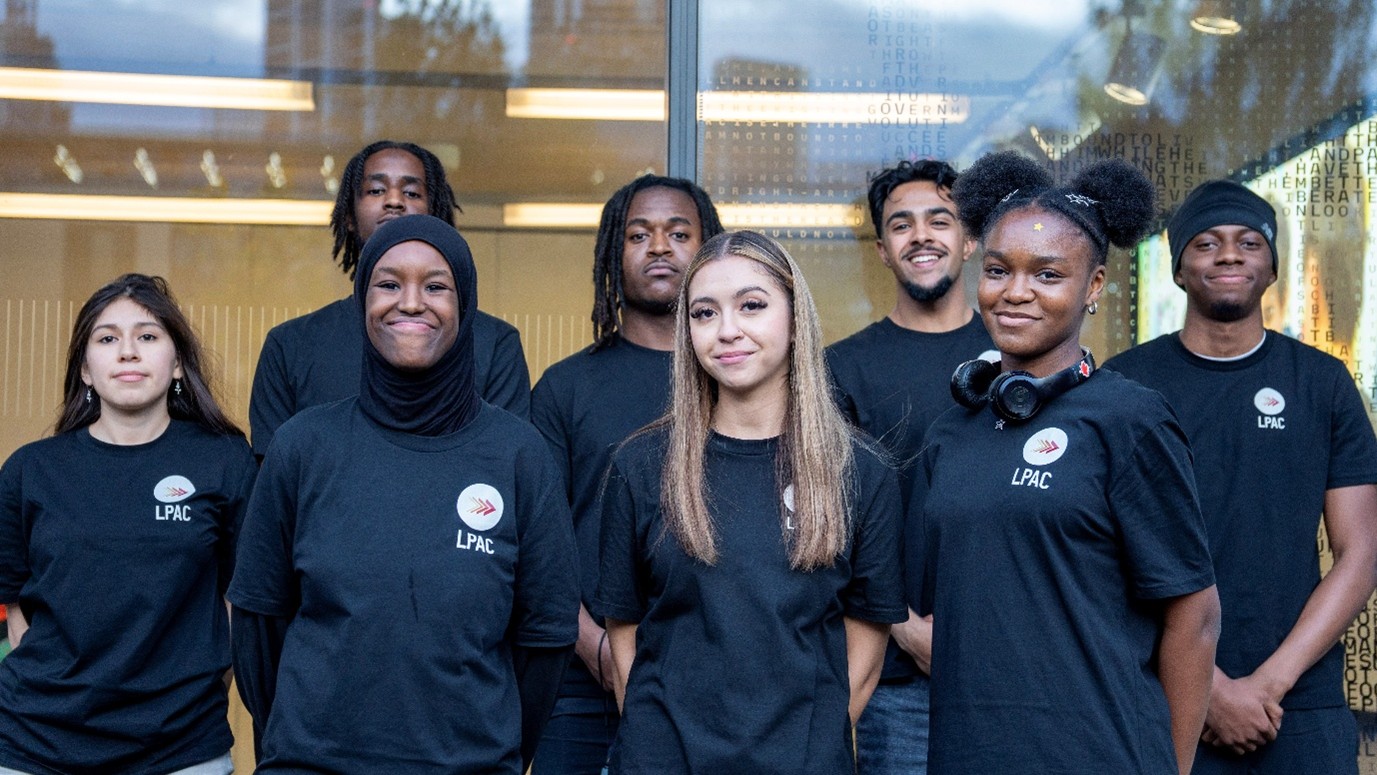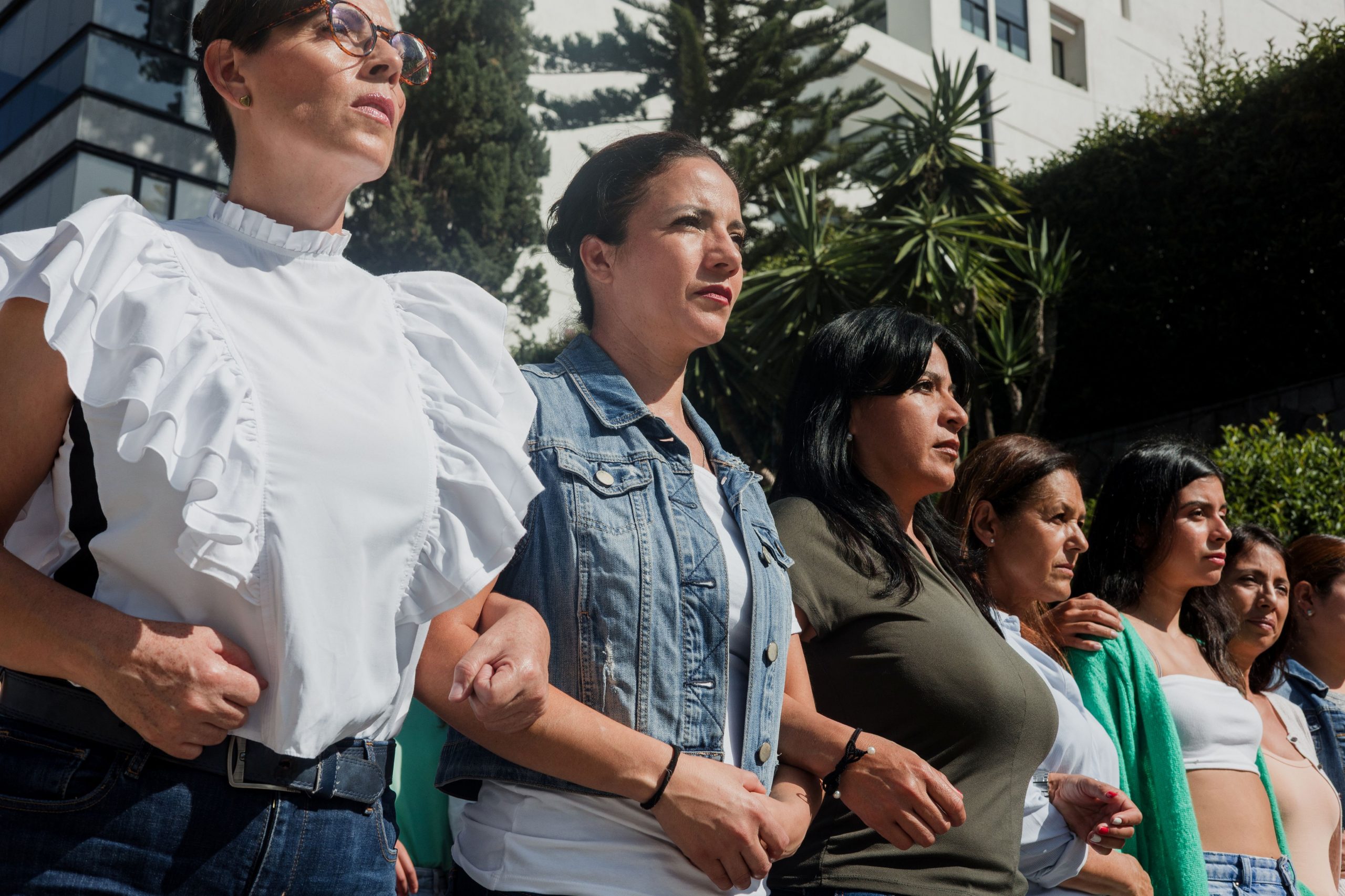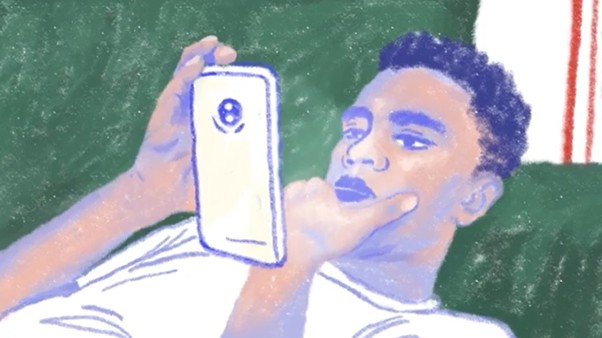A personal view on the Netflix hit, Adolescence
A Warning for Parents, a Teaching Moment, or Just a Drama?
by City St George’s UoL doctoral researcher Sylwia Wypyska-Kieran
I finally got around to watching the show. I braced myself for it. I work in this field, and when I sit down to watch TV, I want an escape. And more importantly, I have a son the same age as the main character. I was scared—I know how dramas can pull the right emotional strings to shake you to your core. And this show does exactly that.
It grips the audience, tapping into their deepest emotions to climb the charts. It spreads fear about youth violence, fueling the anxieties of parents who are already overwhelmed by the mysteries of the online world. At the school gates, friends tell me how upsetting it was. Online, acquaintances share tips on how to ‘better control’ our children, while colleagues publish their expert opinions. Following the discourse surrounding the show is fascinating. But let’s start from the beginning.
Katie was murdered. In a typical narrative about crime, the show’s focus is on the perpetrator – a 13-year-old boy. This compelling drama has done an amazing job of avoiding the othering of the boy who killed, a common and widely criticised practice in the media. Jamie looks young and innocent. His child-looking face shatters the stereotype of a perpetrator, which is so important for society’s understanding of the reality of everyday violence. We feel for him. We see a child whose life has crumbled. We feel for his parents, we feel their pain, self-blame and disbelief. Together with the detectives, we seek the answers. Why?
I was expecting the answer to be the manosphere. The trailer and discourse surrounding the show heavily focused on that. The online world of incels and Andrew Tates. I was surprised and rather confused to see that the manosphere was not a direct effect on Jamie’s behaviour. Katie was bullying Jamie, calling him an incel and telling him that no one will ever go out with him.
How did a drama about a boy who murdered a girl manage to make her seem responsible for his crime? Whilst I pondered whether I misunderstood the implication, I saw a comment online ‘What the boy did was definitely wrong but didn’t it start from the bullying by the girl!!!’.
The detective’s son pulls his Dad aside and tells him about the secret language of teenagers. I work with some amazing people whose work is all about young people’s participation. Teenagers don’t live on The Planet of the Adolescents, to which we have no access. Yes, adolescence is a distinctive period in people’s lives and we do have to understand the psychosocial challenges young people face. But let’s not align adolescence with violence and let’s not separate ourselves from them. It is harmful to them, to us, and to society as a whole.
‘Adolescence made free for schools as Keir Starmer meets creators’, the BBC reports, alongside calls to introduce anti-misogyny lessons. But we can’t teach our way out of misogyny. It seems like a reactive decision made without consultation with experts or young people. The context, complexities and consequences of this decision could be immense.
The boys I have spoken to, as part of my research exploring responses to harmful sexual behaviours, have told me that they feel shut down in conversations about relationships and sex. It is consistent with other studies around the topic. They already feel they do not have a space where they can explore and learn about relationships or their identities as men. Will showing this series to them open up a conversation or prove them right? My bet is on the latter. We risk pushing them further into a corner—driving them toward the very spaces where they do feel heard.
References
Youngs, I. (2025) ‘Adolescence hard to watch as a dad, Starmer tells creators ‘, BBC News, 31 March. Available at: https://www.bbc.co.uk/news/articles/cx28neprdppo (Accessed: 02 April 2025).
Gooch, B., Cooke, M. (2025) ‘Schools to run anti-misogyny classes for boys in bid to tackle toxic masculinity’, The Independent, 25 March. Available at: https://www.independent.co.uk/news/uk/home-news/school-misogyny-classes-boys-toxic-masculinity-adolescence-b2718706.html (Accessed: 04 April 2025)
King-Hill, S (2025) ‘Adolescence in schools: TV show’s portrayal of one boyhood may do more harm than good when used as a teaching tool’, The Conversation, 02 April. Available at: https://theconversation.com/adolescence-in-schools-tv-shows-portrayal-of-one-boyhood-may-do-more-harm-than-good-when-used-as-a-teaching-tool-253158 (Accessed: 02 April 2025).
For further information, please contact Sylwia at sylwia.wypyska-kieran@citystgeorges.ac.uk
Photograph from Adobe Photo Stock subscription




